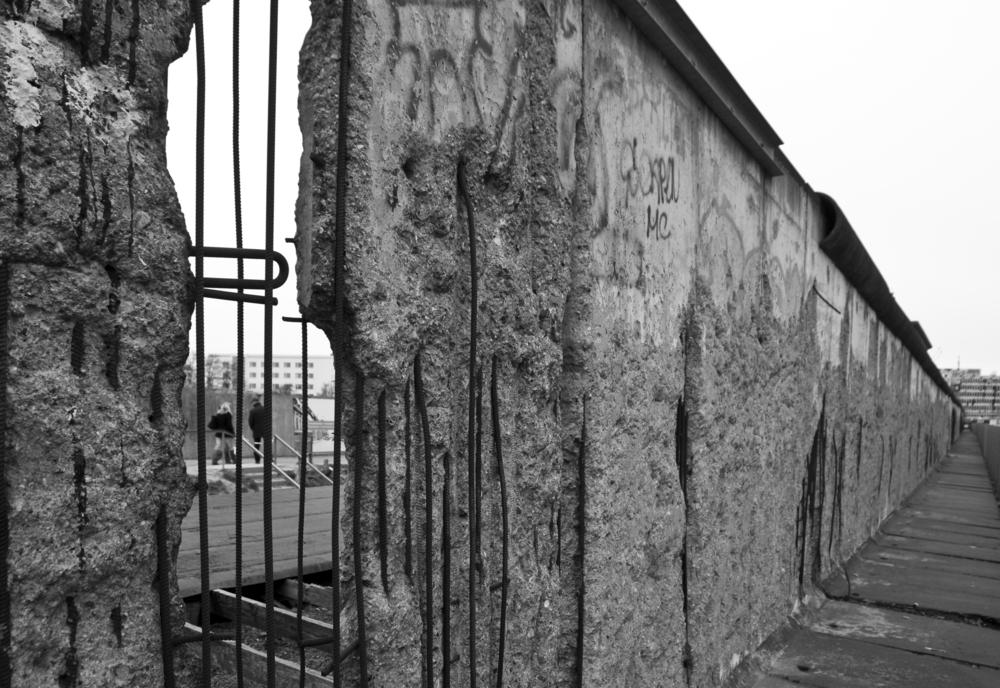It has been 25 years since the Berlin Wall fell, but the Berlin East-West divide is still very much in evidence.
The 9 November 1989 was an incredible moment in history. It was the day when the Berlin Wall was demolished instantly uniting East and West Berlin. Yet Berlin, Europe’s unlikely party hot spot, is still a city of two distinct sides.
The architecture in the East may be a little grungy, but a warehouse doubles beautifully as a bar and a disused factory is perfect as a disco.
In the West, it’s more about elegance. Trendy youth live and work in the East, but migrate to the West once they reach 30(ish) to bring up their kids.
Each side has its own shopping, restaurant and bar districts. In fact, Berlin has two of everything – even two cultures and this is what makes Berlin an outstanding cultural city break.
East Berlin at night is for partying and house rythms play on to the wee hours. The latest hotspot is the PrenzlauerBerg, a neighbourhood so charmingly scruffy you may have to ruffle your hair to fit in. Around here, people are clad in trendy understated garb, tease their hair into modern ‘just got out of bed’ styles and drink German beer in transient bars which have a habit of popping up and disasappearing again before you can say Ich Bin Ein Berliner.
You have to either be guided by someone in the know or make like a detective and hope you stumble upon them in hidden courtyards or around the next corner. You may even find yourself dancing with a thousand others in an ugly, concrete disused power house, where at 6am the atmosphere is still electric!
West Berlin, on the other hand, is home to the most stylish shopping especially around Ku'damm. Seek out KaDeWe for Berlin’s answer to Harrods. Life and architecture is more gentrified – there are no transient bars in this part of town. But this is where Germany’s squirm-worthy past is acknowledged and memorialised with ingenious creativity and a huge dollop of sensitivity.
The open-air Memorial to the Murdered Jews of Europe near the Reichstag is unmissable – literally. Designed by Peter Eisenman, it comprises 2,711 grey concrete blocks of different heights placed in a grid of nearly 19,000m2 of undulating ground cleverly designed to create the illusion of motion.






